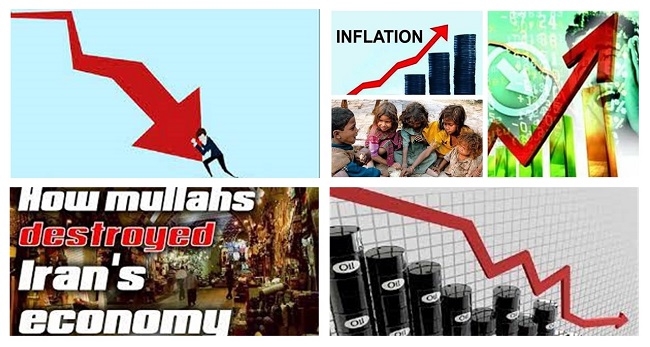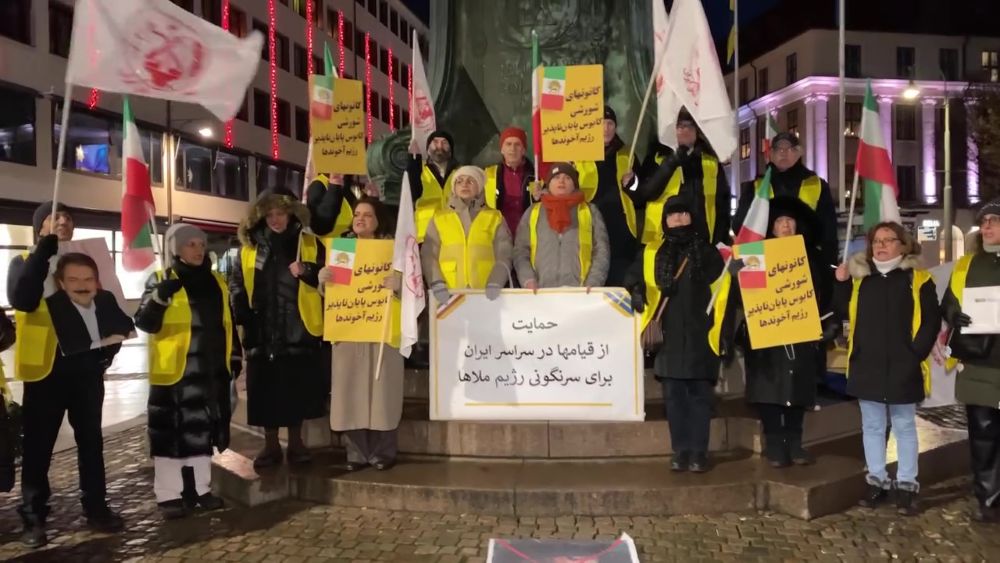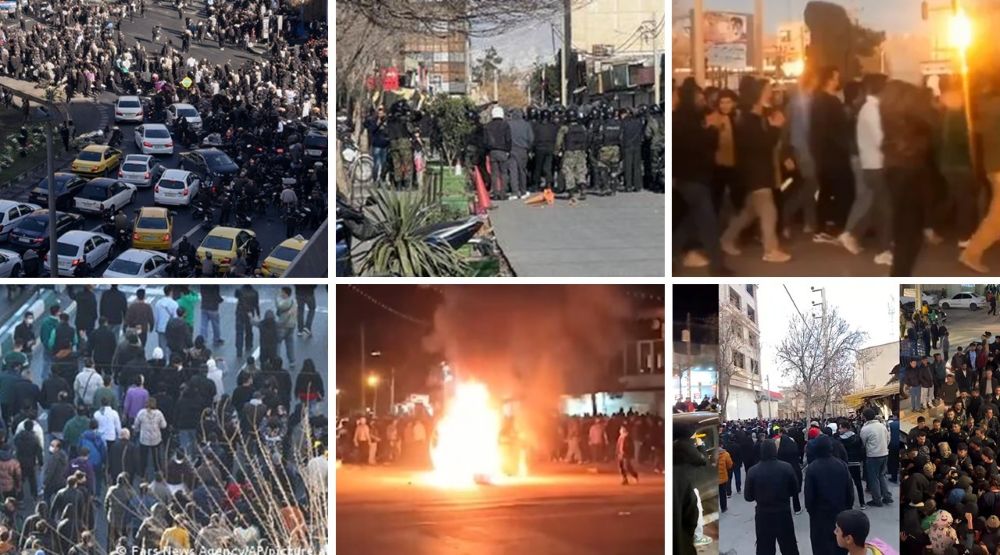
As the National Council of Resistance of Iran (NCRI) reported on September 8 that according to state-run media, the economy of Iran is complicated by a series of so-called super-challenges, based on statistics fabricated by the Iranian regime’s financial institutions.
With skyrocketing prices of basic needs and the growth of unemployment and inflation, it is no wonder that Iran is said to be among the most miserable countries in the world, as reported by Jahan-e Sanat, a state-run daily.
The ILNA News Agency said earlier this week that Iran’s national per capita income from last year, according to data from the Central Bank, was around 4 million and 820 thousand tomans, 35% lower than it was 10 years prior.
The NCRI said, “The Iranian people are the ones suffering from the current economic crisis. The Covid-19 outbreak and the regime’s inhumane policies have amplified people’s livelihood problems. Among all sectors of society, the Iranian workers suffer the most.”
Sharq daily reported that more than 1.2 million Iranian workers lost their jobs in the first quarter of this year, and those who are still working live about 19 days each month without allowances or expenses due the cost of basic foods and low incomes.
Economic consequences have worsened in light of the Covid-19 pandemic. According to the Arman daily, the cost of treating the virus, along with the rise in prices of hospital stays and medication, have led to more than 3 million people falling into poverty within the last 19 months. Many patients have been left to die at home, either through the lack of medicine and oxygen available, or because they couldn’t afford treatment.
The NCRI said, “The Iranian people’s boycott of the regime’s sham elections in June was a clear sign of the mullahs’ unpopularity or lack of social capital. Besides, it also revealed that Iranians do not believe the ruling theocracy could resolve their issues.”
The cause of the inflation and skyrocketing prices is said to be the regime’s attempts to compensate for their budget deficit by increasing the printing of banknotes, thus increasing their liquidity rapidly.
This institutionalized corruption has done nothing but aggravate Iran’s economic crises. Despite the crises, regime officials are still receiving extortionate salaries, meanwhile the rest of the Iranian society are living in poverty through no fault of their own.
The Mullahs’ regime President Ebrahim Raisi was formerly the head of the Astan-e Quds Razavi, a huge financial institution owned by the regime’s Supreme Leader, Ali Khamenei. The institution has billions of dollars of assets to its name and has been known to fund the regime’s terrorism.
Not only has Raisi been involved with the regime’s corruption, many of the ministers in his new administration are known to have been involved in their own corruption cases. His new Roads and Transportation Minister, Rostam Ghasemi was involved in a major case in a previous administration, when he served under former president, Mahmoud Ahmadinejad as his oil minister.
The NCRI said, “Iran’s economic crises are created and amplified by the regime. Thus, the regime officials would not have nor be willing to propose any solution to the current situation. This, in return, has increased society’s restiveness with daily protests by people from all walks of life.”



